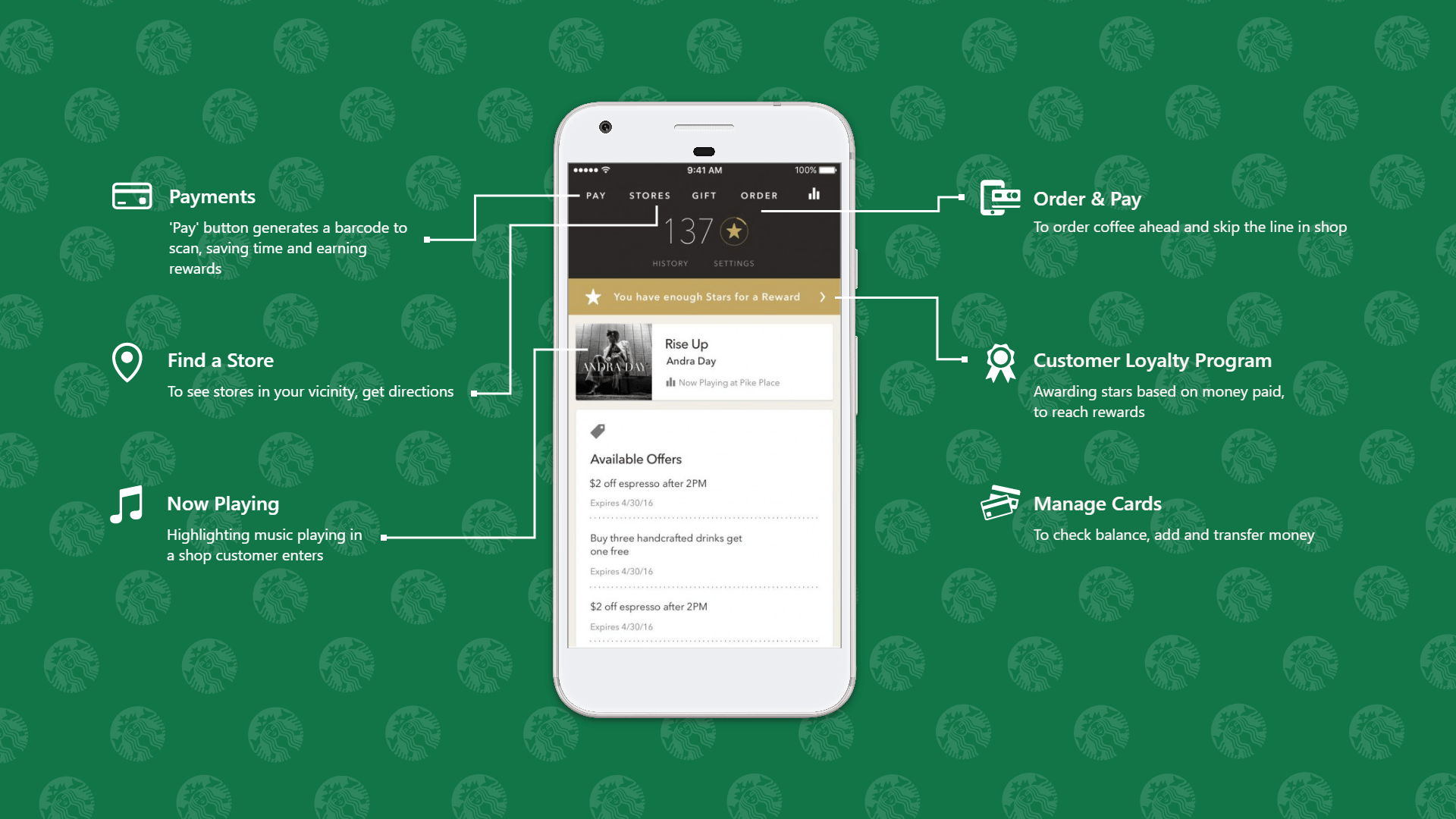There was a time when mobile phones were only used to take calls, send short text messages, and listen to music, whereas personal computers were dedicated simply for emails and work. With our smartphones of today, our mobile devices have become the status quo, be it for business or personal use. In fact, a report by Data Reportal shows that there are over 5.19 billion mobile users in 2020, a 2.4 per cent increase from the previous year. Singapore in particular, holds the record for the highest mobile phone adoption rate in the world, with a mobile penetration rate of approximately 82 per cent. Who would have expected mobile devices – which used to be an afterthought for people – to become increasingly ubiquitous in people’s lives today, especially given the vast capabilities they now offer. Be it entertainment, e-commerce or social interaction, mobile devices have undoubtedly revolutionised modern society by shaping the lifestyles of businesses and consumers alike.
So what exactly is a mobile-first strategy in marketing? The term “mobile-first” has generated a lot of buzz within the industry, essentially referring to the mobile-focused and mobile-optimised online experiences that brands design, before subsequently adapting it for desktop interfaces and other devices.
Why adopt a mobile-first marketing strategy?
Where traffic goes, sales follow. Consumers’ widespread adoption of mobile phones have since contributed to the increasing revenues in the retail and commerce industries, with mobile commerce (m-commerce) projected to reach a whopping $2.91 trillion in 2020 (Source: Techjury). Mobile has thus undeniably reshaped the consumer purchase journey. In fact, an article by Business Wire noted that 82 per cent of consumers reflexively turn to their smartphones when making a product decision, even in brick-and-mortar stores. Given the increased mobile usage among today’s consumers to research product information, it is therefore a growing priority for brands to make their content and web interfaces mobile-friendly.
From a sales point-of-view, mobile has become an integral component of the sales funnel as well. By creating personalised and seamless mobile experiences for consumers, brands can enjoy increased customer engagement and interaction, and as a result, generate new leads and boost conversion.

Whether you are a coffee connoisseur or not, it’s difficult to deny the mobile-first juggernaut that Starbucks is turning into – especially with its already popular mobile app experiencing an unprecedented amount of engagement from both old and new users alike. Although the app has been around for quite some time, it has been lauded as the best in the industry, with even more users than Apple’s or Google’s mobile apps. The app’s success can be attributed to its easy-to-use interface and features, as well as the brand’s incentivised loyalty program. From its mobile pay and ordering system to its personalised elements, the app offers a user experience that is both convenient and innovative (Image: Think Mobiles). Just like Starbucks, brands can also follow suit and start integrating mobile marketing tactics into their marketing strategy.
How to adopt a mobile-first marketing strategy?
With this paradigm shift toward mobile usage, the mobile experience thus becomes an essential part of the customer experience. Brands who wish to seize this opportunity and meet the customers where they are at, should start by designing for that experience.
Here are some tips for you to consider when implementing a mobile-first strategy:
1. Understand your customer

The best place to start is with your own customer base. With the prevalence of the Internet of Things (IoT), the range of mobile experiences is ever-expanding (Image: FieldEZ). Today, consumers are turning to their mobile phones for virtually anything and everything. As mobile usage took off over the past few years, it has influenced the way brands market themselves and how customers interact with them. Here are some of the impacts mobile has had on the different stages in a customer journey:
Stage 1: Awareness
- The customer journey starts with discovery. How do people find out about new products and services? Traditionally, it was driven mainly by print and TV ads, and/or word-of-mouth from friends and family. However, with the shift toward digital media consumption, more people have been turning to web searches to discover immediate solutions to their problems. With Google once being the dominant go-to for the search and discovery market, people today are increasingly turning to other sites like Pinterest and Amazon to search for products, ideas and inspiration as well (Source: Duct Tape Marketing, Wall Street Journal). In fact, these brands are just two of the many brands that have managed to successfully leverage on this digital-first discovery behavior. With the growth in mobile usage, web searches are gradually migrating from PCs to mobile devices. According to Google, over 50 per cent of search queries globally now come from mobiles.
Stage 2: Consideration
- Once prospects have discovered your brand, this is where the research comes into play. Customers may research the advantages and disadvantages of brands based on their needs to narrow down their options. Increasingly, consumers compare prices through mobile devices when it comes to retail – be it for researching or validating their purchase decisions. According to a study by Google, 70 per cent of mobile phone users who bought something from a physical store, said they would usually turn to their phones to retrieve information about the product first, prior to making that decision. As such, one way to stay top-of-mind in a customer’s consideration set is through social media – since most customers/mobile users are already on it. To also be relevant in this consideration stage and earn your customer’s trust, you have to start sharing information that is both easy-to-digest and meaningful. Regular uploads on social media will also help to give people a clearer overview of what your brand offers.
Stage 3: Conversion
- With the advent of technology, newer developments such as Augmented Reality (AR) can also facilitate the tryout process. IKEA for example, built an AR app that allows people to visualise a piece of furniture in their homes before making their purchase.
Stage 4: Purchase
- With m-commerce growing exponentially, people are no longer just using their mobile devices for research and discovery, but also making purchase transactions. So, when it comes to this final stage, it is crucial to ensure that the customer doesn’t drop off. Mobile tactics can help to simplify and at times, even automate the check-out process. Therefore, it is crucial that you make the check-out process a seamless and frictionless user experience.
Stage 5: Relationship building
- The customer journey does not end after the first purchase. To encourage repeat purchases and reinforce brand loyalty, continued engagement is critical. Retargeting is often an effective way to bring existing customers back to the fold, especially when these customers have already expressed an interest in the brand and its products. This cookie-based technology literally follows users around the Internet, in order to remarket to them again. So just how well does retargeting work? According to research by ReadyCloud Suite, a user is 26 per cent more inclined to return and complete the checkout process upon seeing a retargeted advertisement. For example, if an existing customer has not made a purchase in months, you can display ads welcoming them back with a special discount for returning customers.
The ubiquity of mobile phones have made mobile interactions an indispensable component of customer journeys. In fact, effective mobile journeys occur when customers call the shots. This makes it essential for you to be well-equipped to understand your own customers, know where mobile falls under in their journey, and improve their overall experience at every touchpoint (Image: Adobe).

2. Leverage a mobile-centric design approach
As the name suggests, mobile-first design is a design strategy where you start by designing and prototyping for mobile screens first, before working your way up to larger screens. When it comes to mobile-first design, we have to be mindful of the limited screen sizes the interface has to be designed for. Hence, you need to ensure that users are provided with only the most relevant and important information. By removing non-essential information, you help streamline the user experience and create a hierarchy of content for users to access only when necessary. Going beyond user interface, the mobile-first design also consists of a plethora of other factors that you need to consider – ranging from engaging content to technical considerations such as download speed that can affect the mobile experience of users.
Contrary to popular belief, responsive web design and mobile-first design don’t actually hold the same meaning. The former is the result of a more technical approach where HTML and CSS are used to adapt the site to fit the device it is viewed on. In contrast, the latter is a design strategy centered around understanding how customers interact with mobile devices differently than desktops. Although it can be largely effective for brands to adopt the mobile-first design, it may not necessarily be the right fit for all businesses. Ultimately, it all boils down to understanding your customers’ needs and knowing what type of devices they are more likely to use, before deciding on whether the mobile-first strategy is ideal for your brand.
3. Integrating with social media
A bulk of mobile users’ screen times can be traced back to their use of social media. In fact, a report by We Are Social mentions that nine out of 10 social media users opt for mobile browsing. It is therefore essential for brands to have a presence on social media — and we are not just talking about setting up and maintaining business profiles. On top of that, brands ought to make it a point to keep up with current social media trends and dabble in other complementary social media marketing tactics such as influencer marketing, live streaming and even social-commerce to maximise audience reach.

One incredibly successful social media campaign was Spotify’s #2019Wrapped. While Spotify has been continuously sharing year-end data with users since 2017, 2019 took things to a whole new level, showing users a summary of their listening habits and preferences in the past decade (Image: TechCrunch). These summary snapshots were shareable across Twitter, Facebook and Instagram, making it irresistible for users to post them on their social media platforms. That’s why you may recall our feeds being dominated by #SpotifyWrapped stories and posts at the end of last year. Learning from Spotify’s example, you can explore offering content that is both personalised and shareable, then letting your users do the rest of the work for you!
As people rely on their mobile phones more than ever, now is the time for you to start adapting your marketing strategy to cater to it. If you’re exploring mobile-first tactics to reach your target audience and need more advice on how to go about doing so, feel free to contact us and we’ll be happy to help!
— —
Source: Trinity Nguyen, Unsplash
